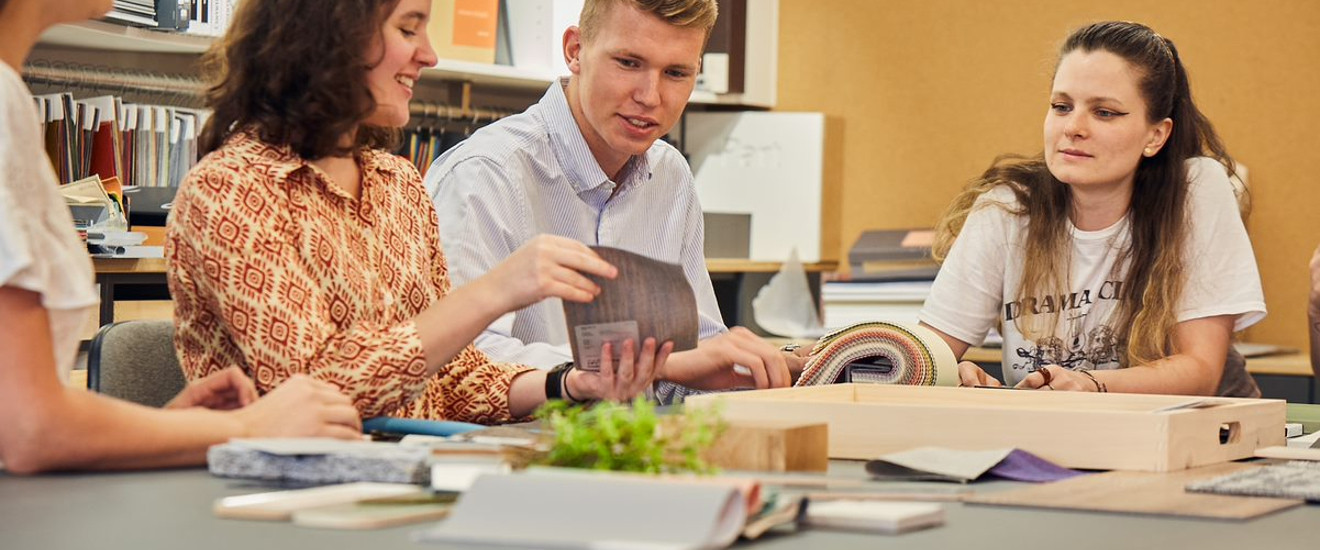How to break down the barriers to creativity in the workplace

Creativity - the production of novel and useful ideas – isn’t just valuable within the arts and so-called creative sectors, it is vital for the success of almost every industry. While some business leaders lament the unquantifiable nature of creativity, many believe it is the most powerful competitive advantage a business has. Reflecting this, the World Economic Forum estimates that by 2020 creativity will be in the top three most important skills for future jobs and nearly two-thirds (64%) of Britain’s employers already say they are likely to hire a new employee based on their creative abilities.
However, studies suggest that rather than encouraging creativity, the workplace can be full of barriers to creative thinking – especially the physical workplace itself. A recent survey revealed that, alarmingly, two-thirds of UK workers believe that they work in spaces that actually flatten creativity and innovation.
So, how can businesses know whether their workplace is sabotaging the creative potential of their employees and what can companies do about it? The following points will help business leaders identify and break down these barriers to create a workplace that helps creative thinking thrive.
Workplace evaluation
If your company is one of the 38% that hasn’t consulted its workers about the office or analysed how it is used, now is the right time to conduct a workplace evaluation. Even a short audit of employees and an observation study will help companies to see if the office environment is enhancing or inhibiting employees’ creativity – and why. Understanding what the barriers are is the first step to tackling them.
A meeting of minds
Diversity of space is a critical factor in enabling creativity and productivity. Ideas are generated in many ways; through traditional team brainstorming sessions, via a ‘water-cooler moment’ or from someone working quietly alone – so it is important that the workplace provides the right variety of spaces for these ideas to spark. Communal areas for working and socialising, for example, encourage chance encounters between employees in different teams, which are key opportunities for creativity to thrive. Google’s HQ in California, the ‘Googleplex’ is based around this idea. The unique space was designed to engineer ‘creative collisions’ – a meeting of employees where ideas can grow. The complex is designed so that no employee is ever more than a 2.5 minute walk away from any other.
Deleting the dull
Dull and boring offices will never inspire creativity. Innovative businesses all have a strong sense of purpose and a clear identity in common. Reinforcing why people work at the business by celebrating their culture and values in the design of the office will help employees feel engaged and have a sense of belonging. Business leaders should look for architectural, decorative and fun ways to showcase their company successes, history and personality. For example, at Pret A Manger, the centrepiece of their London office is a striking 30-year journey of Pret around the central glass atrium which lives and breathes their business and history in architectural form.
Encourage friendships
With 81% of UK workers saying that friendships at work are important for their productivity, an important element of creativity, businesses should encourage socialising and participation in joint activities to help work friendships to develop. Devising social events around fundraising for the company charity for example can be an effective way to get people together more informally.
Current workplaces could do more to encourage office friendships – only 31% of UK workers say they have collaborative zones that facilitate team work and bonding. Companies with limited space should find alternative locations, such as taking advantage of the summer months to bring people together with outside events and activities.
Nurture nature
A Human Spaces report reveals that people who work in environments that incorporate natural elements report a 15% higher level of wellbeing and are 15% more creative. When it comes to designing office spaces that achieve this, it’s about taking the parts of nature that we subconsciously respond to and bringing them into the workplace to enhance employee morale, well-being and productivity.
Adding plants to the office environment helps improve office air quality, limit noise pollution and reduce tension, depression, anxiety and fatigue. Also try maximising natural light, providing fresh air and using raw and nature-inspired materials and elements.
This week's article (originally published in Corporate Vision) comes from our very own CEO, Jitesh Patel, a leader in office interior design and fit-out and a specialist in workplace innovation. To find out more about how your office design can inspire and encourage creativity, get in touch.

Start your workplace transformation today.
Your workplace holds enormous potential to improve your business performance. Get in touch today, and we will unlock that potential together.
